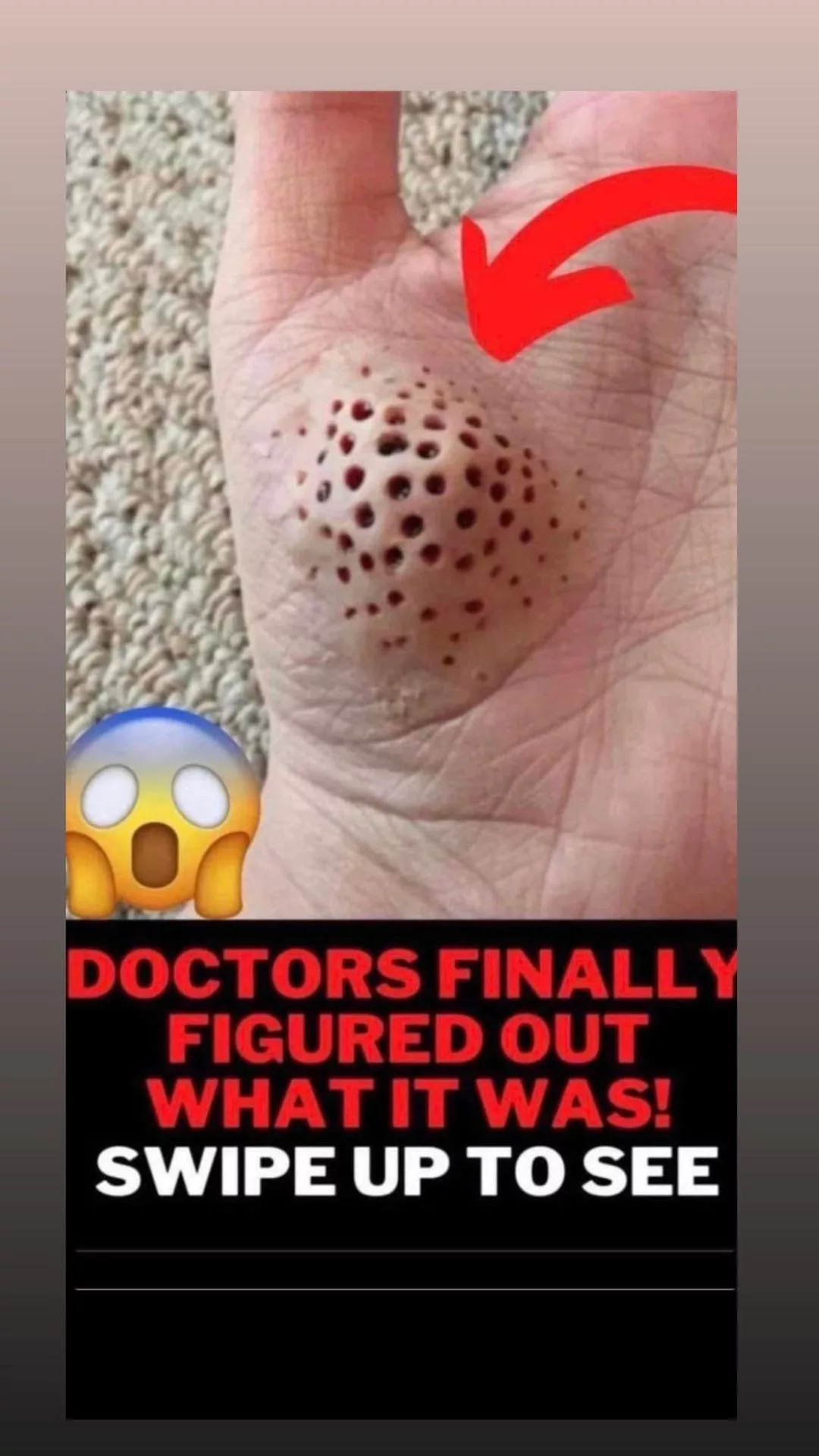Dupuytren’s disease, or Dupuytren’s contracture, is a condition where the tissue beneath the skin in the fingers and palm thickens and shortens, causing the fingers to curl toward the palm. This can limit finger extension and function.
Brigham and Women’s Hospital offers various treatments for Dupuytren’s disease. According to their experts, “Ancestry, gender, and heredity” can increase the risk of developing this condition, with men of Northern European, British Isles, or Scandinavian ancestry being more susceptible. Symptoms include decreased hand function, palm discomfort, and the development of thick cords under the skin that pull fingers inward.
To diagnose Dupuytren’s disease, your orthopaedic surgeon will conduct a physical examination, measure range of motion, and assess the location of nodules and cords. Non-surgical treatment options include enzyme injection and needle aponeurotomy, which break down and weaken the contracted tissue. Surgical treatments like fasciotomy and subtotal palmar fasciectomy involve incisions to divide and remove the thickened tissue.
Recovery varies for each individual, with expected pain and stiffness. Certified hand therapists can assist in reducing swelling and speeding up recovery through wound care and exercises.

Leave a Reply